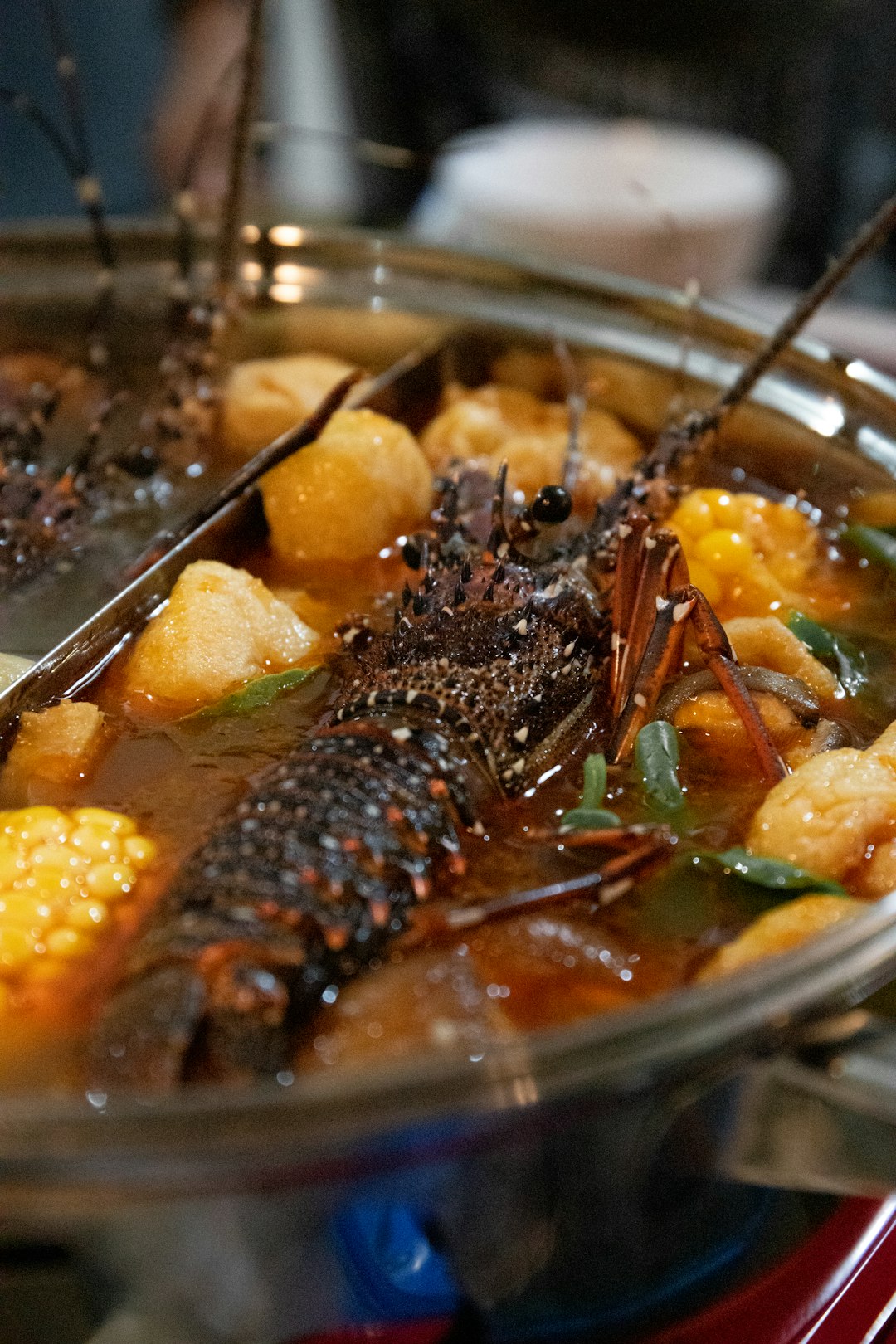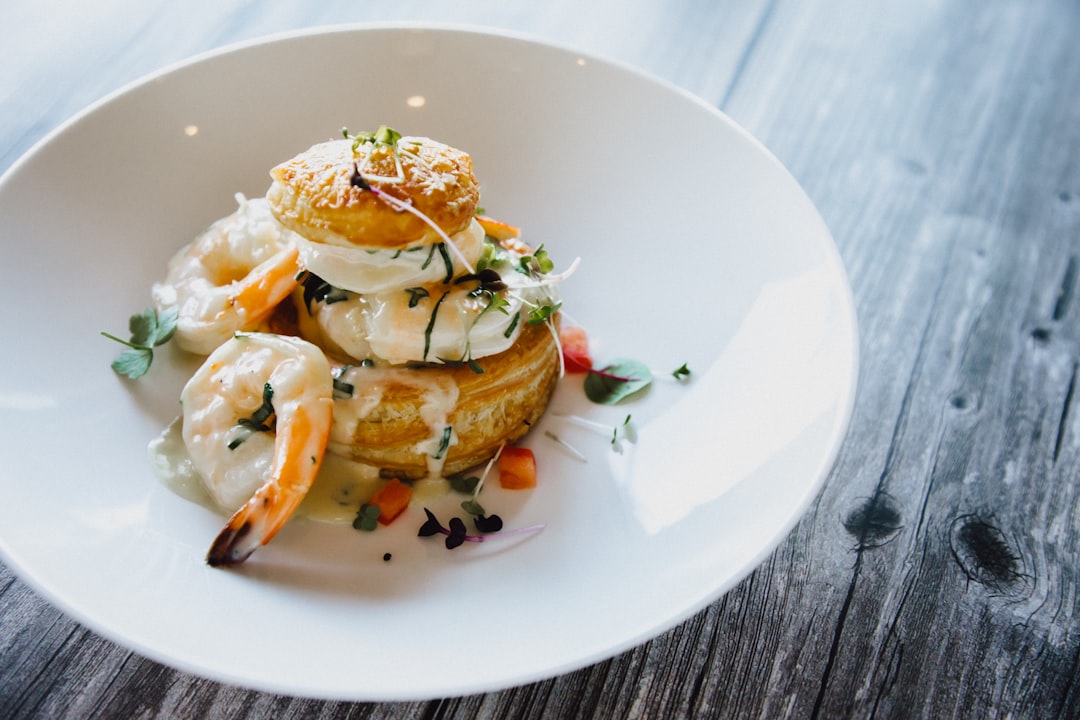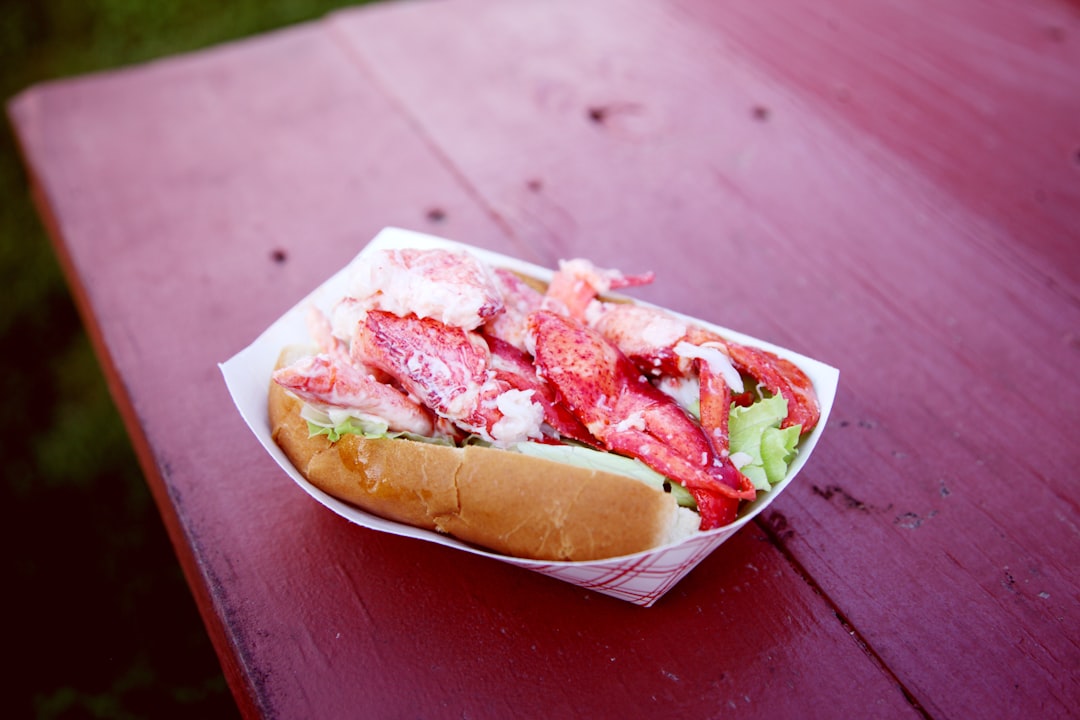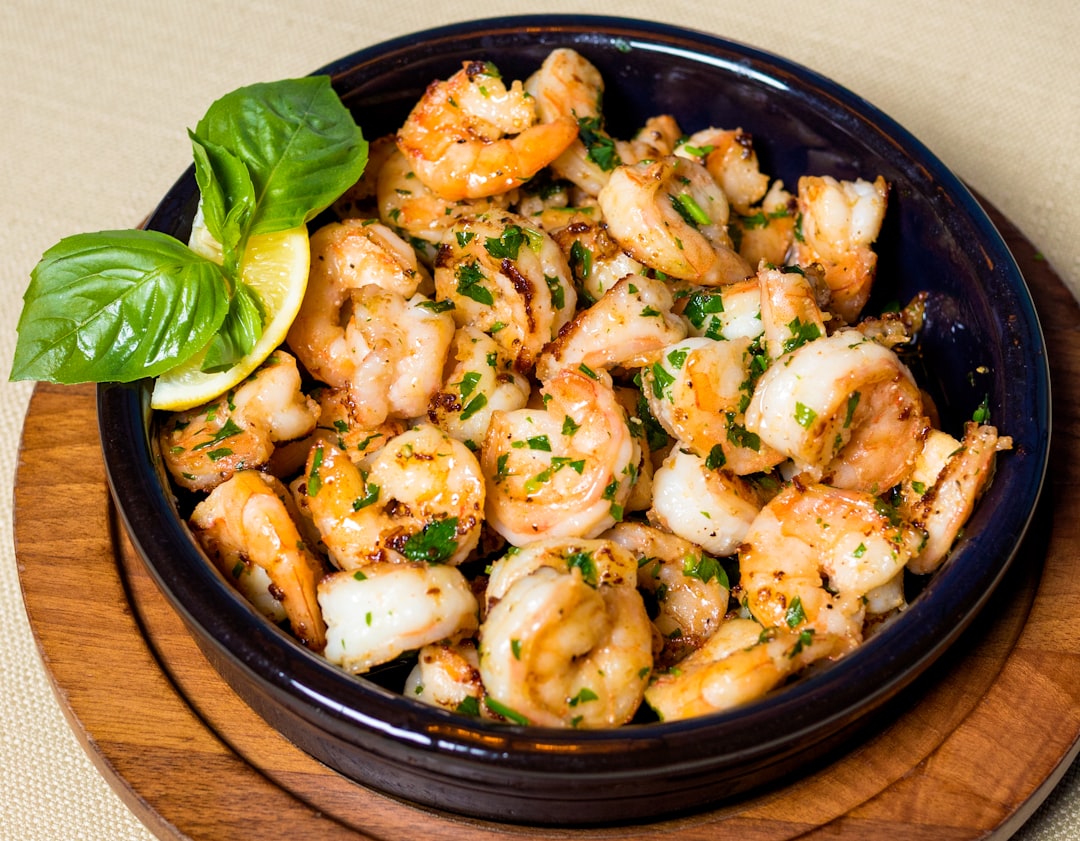Lobster
To start, lobsters have a rather curious anatomy. They have an exoskeleton which serves as their armor and protection from predators. This carapace is made up of a hard, rigid material, known as chitin, which helps them to move swiftly through the seawater. The lobster's legs are composed of eight pairs of jointed appendages, allowing it to crawl and swim with ease. On the head of the creature is a pair of antennae and several eyes, enabling it to find food sources, detect danger, and orient itself in its environment.
When it comes to diet, lobsters are highly diverse feeders and scavengers. They have no shortage of culinary choices, feasting on clams, mussels, fish, crabs, and other invertebrates. To capture their meals, lobsters use their claws with remarkable dexterity and strength, leveraging them to crush, tear, and shred their prey.
What really sets lobsters apart is their impressive lifecycle. During their period as larvae, they drift along ocean currents in a stage called "zoaea". As they grow and metamorphose, they remain close to the ocean's surface, making sure to stay in relatively shallow waters. Eventually, the creatures molt and transform into their more recognizable adult form, ready for a more adventurous life.
An iconic symbol of long-lived companionship and loyalty, the lobster truly is an awe-inspiring creature. Its size ranges widely, with some growing as big as 3 feet or more in length. In addition, the lobster has been known to live as long as 100 years, depending on its species. Such an astonishing longevity makes them a great luxury item to serve at any celebration.
In conclusion, the lobster is an intriguing animal with many interesting aspects. It has a unique anatomy, uses formidable tools to capture its prey, and enjoys a long lifespan. There's no doubt that the lobster deserves its reputation as a prized seafood delicacy.
Lobster dishes
A selection of Lobster dishes.
Lobster bisque
Lobster bisque is a seafood delicacy, the likes of which can only be described as a sophisticated and refined lifesaver. From its buttery texture to its robust, briny flavor profile, this luxurious soup is the epitome of French-inspired coastal cuisine.
Lobster bisqueLobster Newberg
Lobster Newberg is the quintessential seafood dish for any occasion. It's complex yet subtle flavors have been tantalizing taste buds since its creation in 1876. The origination of Lobster Newberg is widely attributed to Charles Delmonico, the proprietor of one of New York City's very first fine dining establishments.
Lobster NewbergLobster roll
No other dish quite speaks to the height of summer like a classic Lobster Roll. This delectable combination of succulent lobster, tenderly nestled into a lightly buttered and toasted top-split hotdog bun, has become a fixture of New England beach cuisine, and has achieved a remarkable level of popularity over the years.
Lobster rollLobster
Lobster is a succulent shellfish often coveted for its delectable taste, coveted by seafood lovers and chefs alike. Popular in many cultures, lobster is one of the most versatile ingredients out there, being featured in both classic dishes and innovative creations. Those seeking to tantalize their taste buds will find plenty of flavorful food pairings and delightful dishes to choose from.
When it comes to food pairings, there are several great options that will help to show off the flavors and textures of lobster. Many chefs recommend pairing with crisp white wines such as Sauvignon Blanc or Chardonnay, and subtle herbs like tarragon and parsley. Fruity sides, such as grilled pineapple or mango salsa, can add a lovely sweetness, while more robust vegetables, like asparagus or fennel, can help to bring out the lobster’s zesty notes.
What really makes lobster dishes stand out, however, is the way they are prepared. A traditional lobster dinner typically includes boiled or steamed lobster, served with melted butter and a side of mashed potatoes or rice. More inventive variations include lobster bisque, lobster rolls, or lobster mac and cheese. Other interesting options include stir-fried lobster with noodles or vegetables, or a lobster paella.
No matter how you enjoy your lobster, the key to making the perfect dish is to appreciate its delicate flavours and balance them with complementary ingredients. Lobster is an incredibly versatile ingredient, allowing for a wide range of culinary explorations and exciting pairings. With this tantalizing shellfish, the possibilities are endless.
History of Lobster
Lobster is one of the oldest and most prestigious dishes in the culinary world. Its origins trace back to ancient times, when humans first began fishing the waters off the coasts of North America, Europe, and Asia. Evidence suggests that lobsters have been eaten since at least the Bronze Age, when they were used as offerings in religious rituals.
The history of lobster is, without doubt, a rich and fascinating one. It's first recorded use as a food source dates back to the 15th century, when French fishermen developed a technique for trapping lobsters with nets. This allowed them to harvest greater numbers of lobster at a time, providing an inexpensive and readily available protein source to feed their families.
As its reputation spread throughout Europe, lobster eventually became popular among the upper classes. It's said that King Charles II of England declared it a royal delicacy and its use for other than ceremonial banquets was banned. As it continued to gain its status as a luxury dish, it was adopted by the wealthiest and most influential families, who had exclusive access to the choicest catches.
Lobster's popularity only increased as it spread around the world, including to the United States. Initially, it was seen as a sign of poverty and was a mainstay of the diet of poorer families. By the 19th century, however, there had been a shift in attitudes towards lobster, and it was gaining wider acceptance in more upscale restaurants.
Today, lobster is served in a variety of ways across the globe. From its boiled form, which requires little else but seasoning, to more complex preparations, such as grilled, stewed, and even baked in a creamy sauce, its versatility has allowed it to remain a favorite among diners.
No matter how you choose to enjoy it, lobster will always remain a classic dish with a long and illustrious history. Whether an offering in a solemn ceremony or a centerpiece in an elegant dinner, one thing is for certain: lobsters have been part of our diets for much longer than we may realize.





